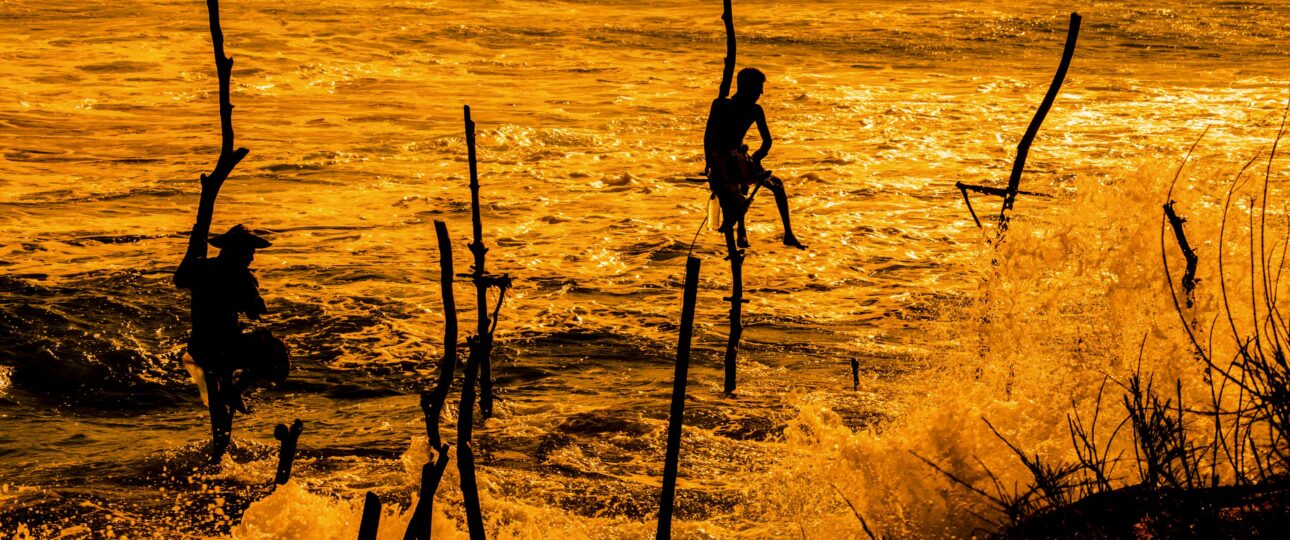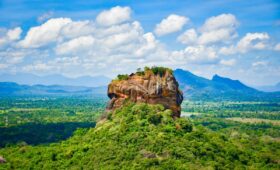Planning your first trip to the Pearl of the Indian Ocean? Sri Lanka travel places offer an extraordinary blend of ancient wonders, pristine beaches, lush tea plantations, and wildlife adventures that make this island nation a must-visit destination. Whether you’re dreaming of exploring historic temples, surfing tropical waves, or spotting elephants in the wild, the diverse Sri Lanka travel places cater to every type of traveler. This comprehensive guide covers everything first-time visitors need to know about the best Sri Lanka travel places and essential travel tips to make your journey unforgettable.
Understanding Sri Lanka
Sri Lanka is a compact island nation located off the southern tip of India, making it incredibly easy to explore multiple destinations in a single trip. Despite its relatively small size, roughly the same as Ireland the country packs an impressive diversity of landscapes, climates, and experiences within its borders.
The official languages are Sinhala and Tamil, though English is widely spoken in tourist areas, hotels, and restaurants. The local currency is the Sri Lankan Rupee (LKR), and while credit cards are accepted in major establishments, it’s wise to carry cash for smaller vendors, tuk-tuk rides, and rural areas.
Best Time to Visit Sri Lanka
Sri Lanka experiences two monsoon seasons, which means some part of the island enjoys good weather year-round. The key is knowing which coast to visit when.
- December to March is perfect for the west and south coasts, including Colombo, Galle, Mirissa, and Unawatuna. This is peak season with dry, sunny weather ideal for beach activities and whale watching.
- April to September favors the east coast, Trincomalee, Arugam Bay, and Batticaloa offer excellent conditions when the west coast experiences rain. This is also the best time for surfing on the east coast.
- Year-round destinations include the Cultural Triangle (Sigiriya, Dambulla, Polonnaruwa) and the hill country (Ella, Nuwara Eliya, Kandy), though these areas can be cooler and occasionally misty.
Must-Visit Sri Lanka Travel Places
Cultural Triangle – Ancient Kingdoms
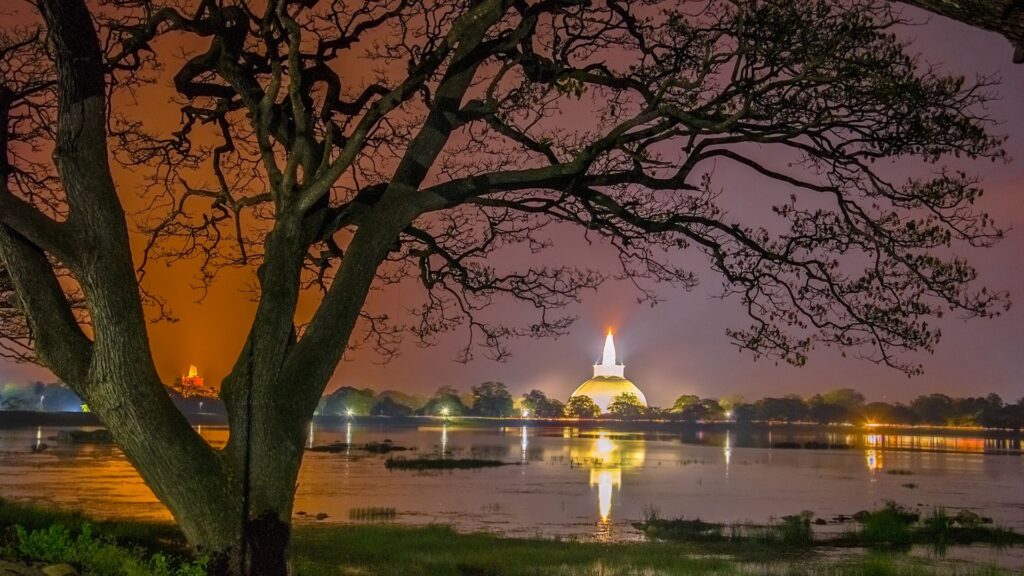
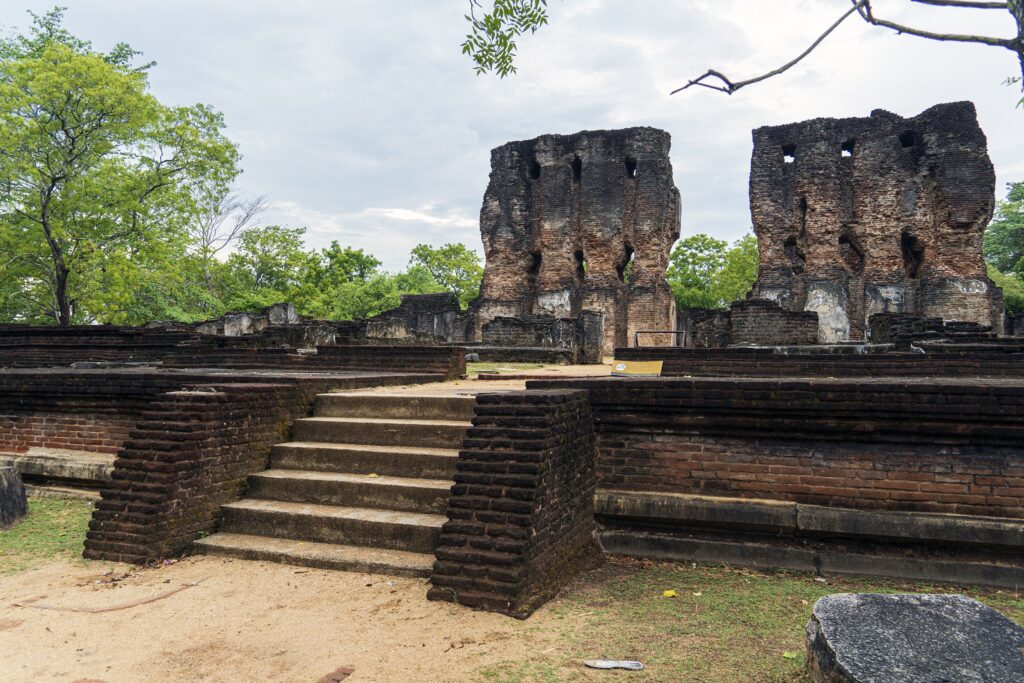
The Cultural Triangle forms the historic heartland and contains some of Sri Lanka’s most iconic attractions. Sigiriya Rock Fortress stands as the country’s most photographed landmark a 5th-century palace built atop a 200 meter rock with breathtaking frescoes and summit views. Nearby, the Dambulla Cave Temple houses over 150 Buddha statues within five caves adorned with intricate paintings.
Ancient Polonnaruwa showcases well preserved ruins from the medieval capital, best explored by bicycle. Don’t miss the Sacred City of Anuradhapura, one of the oldest continuously inhabited cities in the world, featuring massive dagobas and the sacred Bodhi Tree.
Hill Country – Tea Plantations and Mountain Views

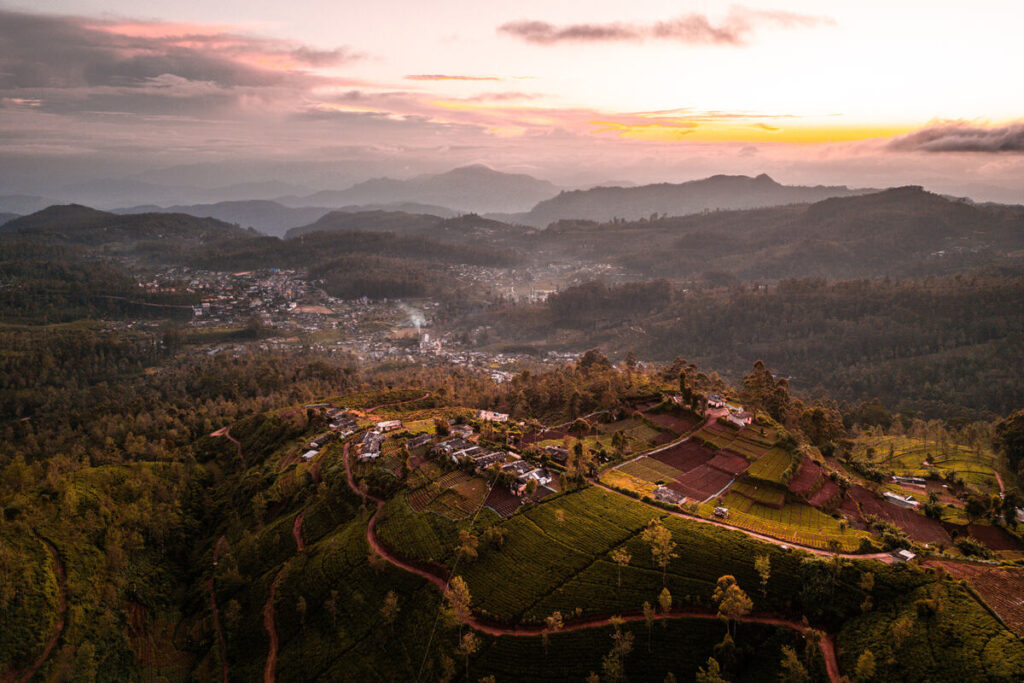
Sri Lanka’s central highlands offer a dramatic change of scenery with rolling tea estates, misty mountains, and colonial-era charm. Ella has become the backpacker hub, famous for the Nine Arch Bridge, Little Adam’s Peak hike, and stunning viewpoints like Ella Rock.
Nuwara Eliya, known as “Little England,” retains its British colonial character with Tudor-style architecture and manicured gardens. Take a tour of a working tea factory to learn how Ceylon tea is produced and enjoy tastings overlooking emerald plantations.
The train journey from Kandy to Ella ranks among the world’s most scenic railway routes, winding through tunnels, across bridges, and past cascading waterfalls and tea-covered hillsides.
Coastal Paradise – Beaches and Marine Life
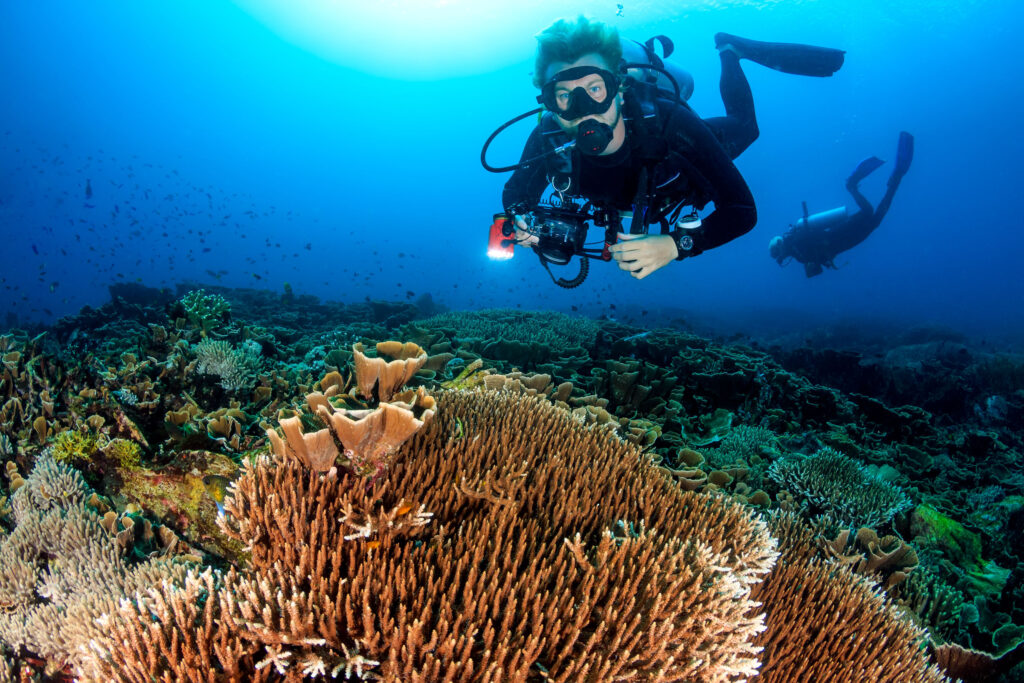
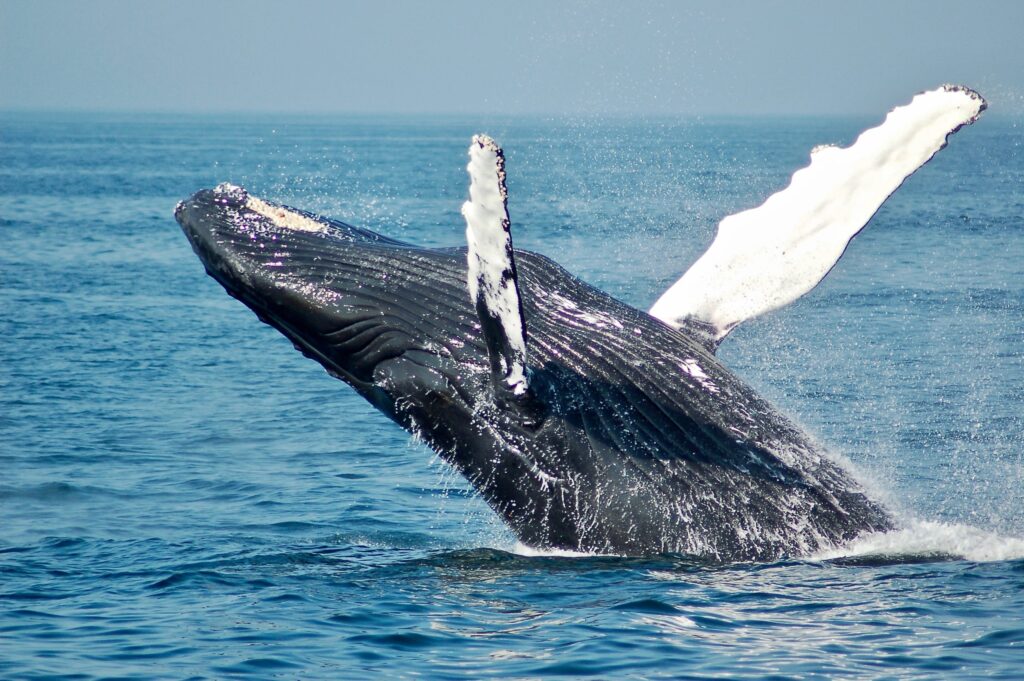
Sri Lanka’s coastline stretches over 1,300 kilometers, offering everything from surfing hotspots to tranquil swimming beaches. Mirissa serves as the whale watching capital, where blue whales and dolphins frequent the waters from November to April.
Unawatuna provides a perfect crescent beach with calm waters ideal for swimming and snorkeling. The historic fort city of Galle combines beach relaxation with cultural exploration walk the Dutch colonial ramparts at sunset, browse boutique shops, and dine in atmospheric restaurants.
For surfers, Arugam Bay on the east coast delivers world-class waves from May to September, while Hikkaduwa and Weligama on the west coast cater to beginners with surf schools and gentle breaks.
Wildlife Encounters
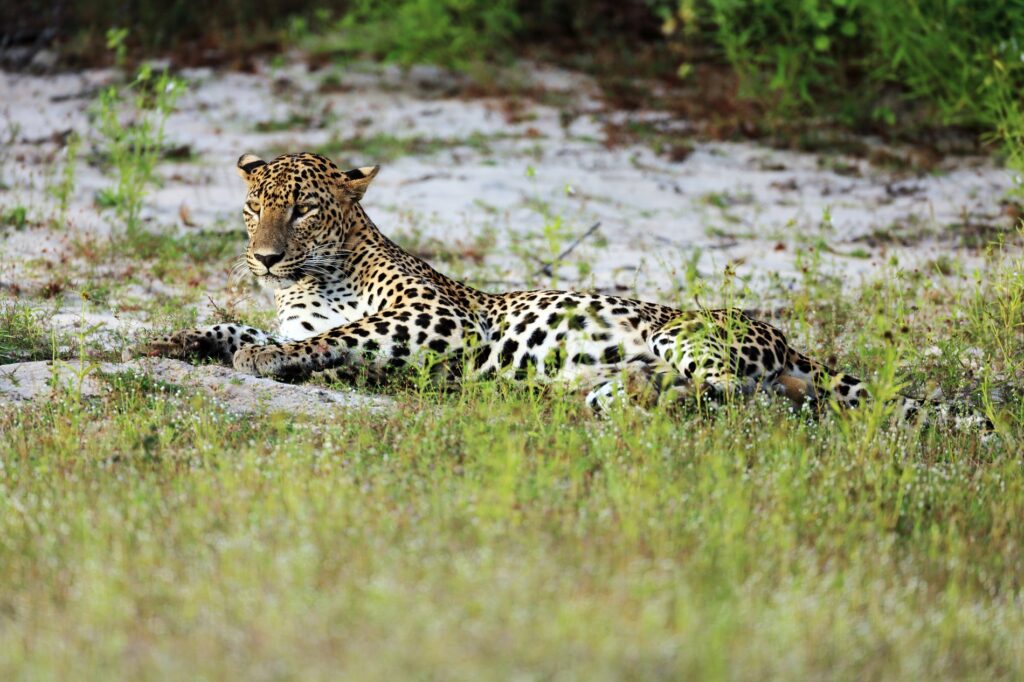
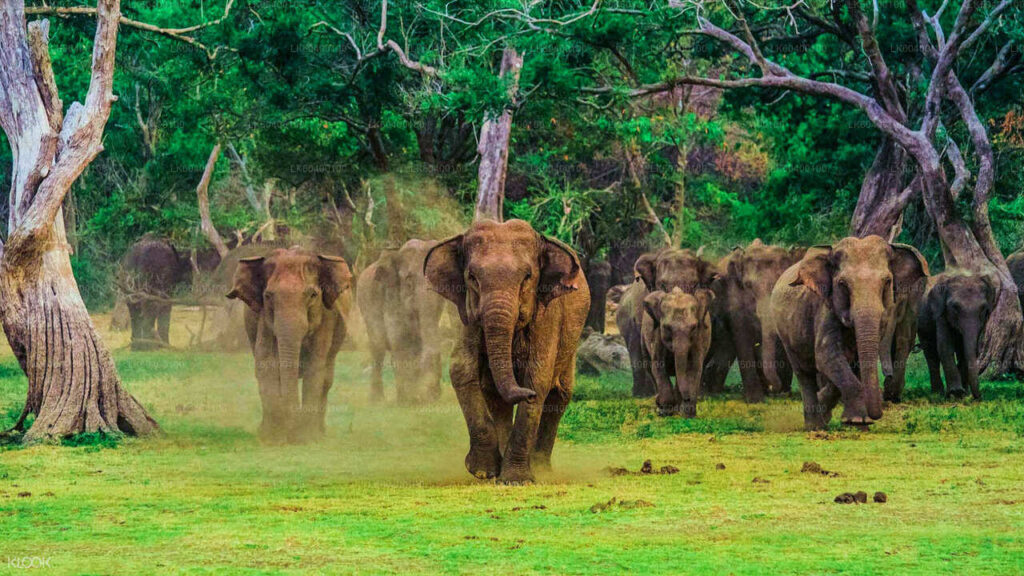
Sri Lanka boasts incredible biodiversity with numerous national parks offering safari experiences. Yala National Park provides the highest leopard density in the world, along with elephants, sloth bears, and abundant birdlife. Udawalawe National Park focuses primarily on elephant herds, with sightings almost guaranteed.
Minneriya and Kaudulla National Parks witness “The Gathering” hundreds of elephants congregating around reservoirs during the dry season (July to September), creating one of Asia’s greatest wildlife spectacles. For marine wildlife, snorkel or dive around Pigeon Island near Trincomalee to see vibrant coral reefs and sea turtles.
Essential Travel Tips for First-Timers
Visa Requirements
Most visitors can obtain an Electronic Travel Authorization (ETA) online before arrival. The process is straightforward apply through the official government website at least 24 hours before departure. Tourist visas typically allow stays of up to 30 days.
Transportation Options
- Trains offer the most scenic and authentic travel experience, especially on the Kandy-Ella route. Book first-class reserved seats in advance for popular routes, though second and third class provide more local interaction.
- Tuk-tuks dominate short-distance travel in cities and towns. Always negotiate the fare before starting your journey or insist on using the meter. Download the PickMe app for transparent, app-based tuk-tuk bookings similar to Uber.
- Private drivers provide comfort and flexibility for exploring multiple destinations. Many travelers hire a driver with a car or van for their entire trip costs are reasonable and eliminate transportation stress.
- Buses are the cheapest option but can be crowded and chaotic during peak hours. Express and intercity buses offer more comfort for longer journeys.
Accommodation Choices
Sri Lanka caters to all budgets, from backpacker hostels (starting around $10 per night) to luxury resorts and boutique hotels. Guesthouses run by local families offer authentic experiences and home-cooked meals at mid-range prices.
Book accommodation in advance during peak season (December to March), especially in popular areas like Ella, Mirissa, and Sigiriya. Off-season travelers can often negotiate better rates and enjoy more flexibility.
Cultural Etiquette
Sri Lanka is a predominantly Buddhist country with strong cultural traditions. When visiting temples, dress modestly covering shoulders and knees, and remove shoes and hats before entering. Never pose for photos with your back to Buddha statues this is considered deeply disrespectful.
Public displays of affection are frowned upon, particularly outside tourist areas. When greeting locals, a smile and slight bow with hands pressed together (similar to the Thai wai) shows respect, though handshakes are also common in business contexts.
Health and Safety
Sri Lanka is generally very safe for travelers, with low crime rates and friendly, welcoming people. Tap water isn’t safe to drink, so stick to bottled or filtered water. No vaccinations are mandatory, though hepatitis A, typhoid, and tetanus boosters are recommended.
Protect yourself from mosquitoes, particularly in coastal and rural areas, as dengue fever occurs throughout the year. Use repellent, wear long sleeves during dawn and dusk, and sleep under mosquito nets when available.
Sun protection is crucial, the tropical sun is intense even on cloudy days. Apply high-SPF sunscreen regularly, wear a hat, and stay hydrated.
Money Matters
ATMs are widely available in cities and tourist areas, dispensing rupees at reasonable exchange rates. Carry some US dollars or euros for emergencies, as they’re easily exchanged at banks and exchange offices.
Tipping isn’t obligatory but is appreciated leave 10% in restaurants if service charge isn’t included, round up tuk-tuk fares, and tip guides and drivers based on service quality. Many places add a 10% service charge to bills automatically.
Bargaining is expected in markets and with tuk-tuk drivers, but keep negotiations friendly. In fixed price shops and restaurants, prices are non negotiable.
What to Pack for Sri Lanka
- Clothing – Lightweight, breathable fabrics work best in the heat. Pack modest clothing for temple visits, long pants or skirts and shirts covering shoulders. Bring a light jacket or sweater for hill country evenings, which can be surprisingly cool.
- Footwear – Comfortable walking shoes for hiking and exploring, flip-flops or sandals that slip on and off easily (you’ll be removing shoes frequently), and closed-toe shoes for safaris.
- Essentials – High-SPF sunscreen (expensive in Sri Lanka), insect repellent, any prescription medications, reusable water bottle, power adapter (Type D, M, and G plugs), and a small daypack for excursions.
- Electronics – Bring your phone with an unlocked SIM slot local SIM cards with data are incredibly cheap (around $5 for several GB). Download offline maps before arriving.
Sri Lankan Cuisine -What to Try
Sri Lankan food is a flavor explosion combining rice and curry as the centerpiece of most meals. Must-try dishes include.
- Rice and curry features a mound of rice surrounded by various curries dhal, vegetable, fish, or meat with sambols (spicy condiments) and papadums.
- Hoppers (appa) are bowl-shaped pancakes made from fermented rice flour, often served with egg or honey.
- Kottu roti is a street food favorite chopped flatbread stir-fried with vegetables, eggs, and meat.
- String hoppers (idiyappam) are delicate rice noodle nests served with curry.
Don’t miss fresh tropical fruits-mangosteen, rambutan, passion fruit, and the famous king coconut for refreshing coconut water.
Sri Lankan cuisine can be spicy, so ask for mild versions if you’re sensitive to heat. Most restaurants happily adjust spice levels for tourists.
Staying Connected
Purchase a local SIM card upon arrival at the airport or in Colombo Dialog and Mobitel are reliable providers offering tourist packages with data, calls, and texts. The process requires your passport and takes just minutes.
WiFi is available in most hotels, guesthouses, and cafes in tourist areas, though connection speeds and reliability vary. Having mobile data ensures you can access maps, translation apps, and stay in touch throughout your journey.
Final Thoughts
Sri Lanka delivers an incredible diversity of experiences in a compact, easy to navigate package perfect for first-time visitors. From ancient temples and wildlife safaris to pristine beaches and mountain railways, every day brings new discoveries. The warm hospitality of Sri Lankan people, delicious cuisine, and affordability make it an ideal destination for travelers of all ages and budgets.
Whether you’re exploring the iconic Sri Lanka travel places in the Cultural Triangle, relaxing on southern beaches, or trekking through misty tea plantations, this island nation offers unforgettable memories at every turn. The variety of Sri Lanka travel places ensures that every traveler whether seeking adventure, culture, relaxation, or wildlife finds their perfect experience. Start planning your Sri Lankan adventure today, and prepare for a journey that will exceed your expectations and leave you planning your return before you’ve even left.

